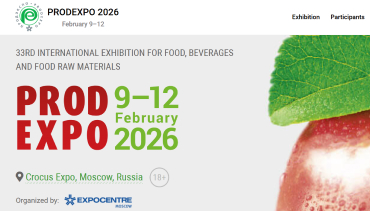Bulk beer sales increased by 5% despite retail decline

Russian brewers produced 623.4 million decaliters of beer and beer drinks in January–August 2025, which is 1% more than in the same period last year, Rosalokoltabakcontrol reports. However, the growth rate is gradually slowing down: if at the end of seven months the increase was 2.4%, then in August production decreased by 9.9% compared to July, to 79.6 million dal. The main share fell on beer with a strength of up to 8.6 degrees — 540.9 million dal (+0.3% by 2024), while stronger beer brewed 51.3 thousand dal (-5.1%). Beer drinks produced 82.4 million dal (+5.8%). At the same time, the production of cider, poiret and mead reached 9.8 million dal (+10%) in eight months, with mead showing the greatest dynamics (+10.7%). The total production of fermented beverages amounted to 633.2 million dal, which is 1.1% higher than last year.
Against the background of these production trends, the consumer market is showing a different dynamic. If in 2022-2024 retail beer sales increased consistently in the first half of the year — from 336 million dal in 2022 to 370 million dal in 2023 (+10.1%) and 395 million dal in 2024 (+6.8%), then in 2025 they fell sharply to 336.5 million dal. Thus, the market actually returned to the level of three years ago, showing a drop of 14.8% compared to 2024. In the first quarter, the decline (-13%) was largely due to a change in accounting methodology, but additional pressure was exerted by an increase in the cost of products: beer rose in price by 17% over the year, and by March the average price reached 165 rubles per liter (+15%). Major market players — AB InBev Efes, Baltika and United Breweries — have confirmed a 10-15% increase in selling prices.
It is noteworthy that, unlike retail, the wholesale segment showed growth. According to EMISS, in the first half of 2025, the volume of wholesale sales of beer, beer drinks, cider, poire and mead increased to 473.4 million dal (+5.13% compared to the same period in 2024). Experts attribute this to a change in distribution channels: a significant part of the products is being redistributed in favor of large retail chains and the HoReCa segment, while small retailers and local alcohol markets are gradually losing market share.






